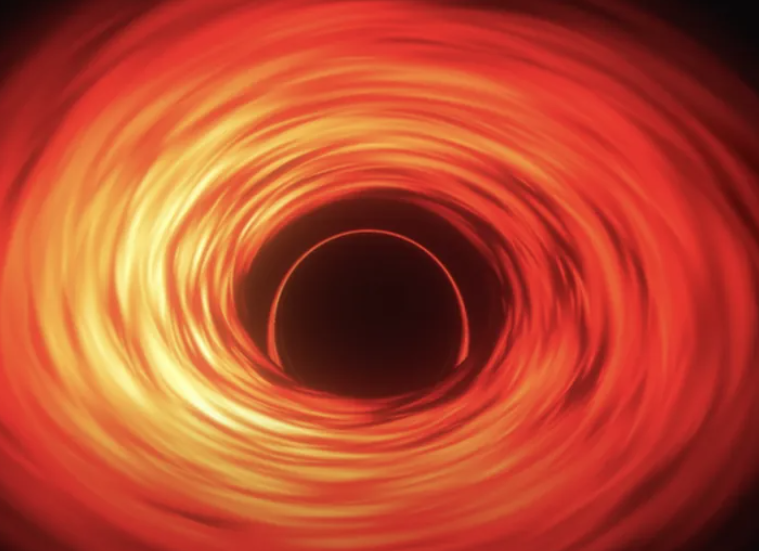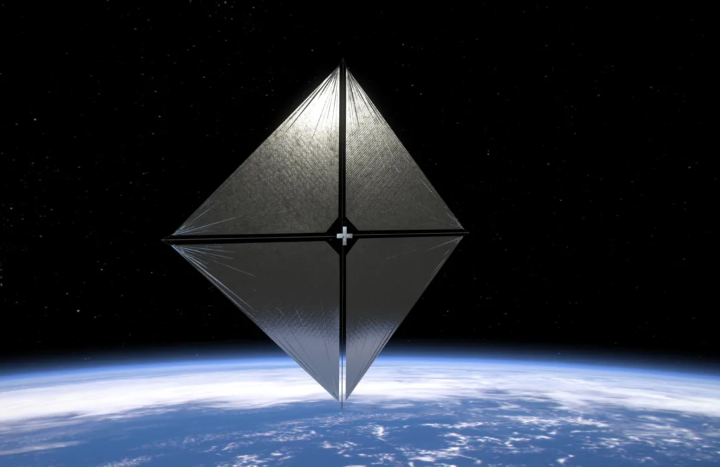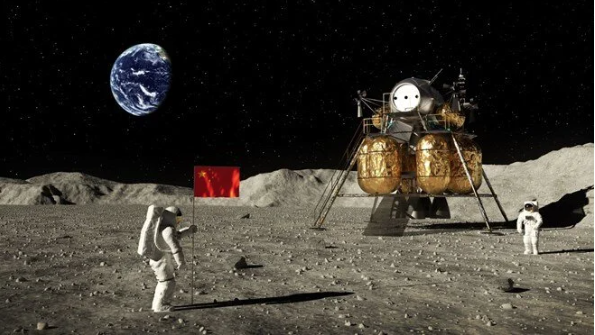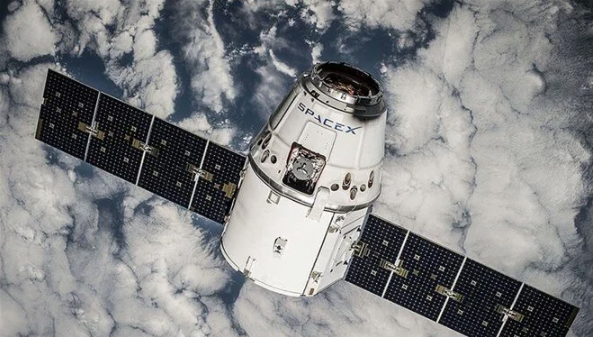Even the smallest black hole in the universe is extraordinarily dense and massive. The mass of the largest ones is unimaginable. If the Earth fell into a black hole, it would be less than an inch in diameter. There are black holes much larger than our solar system and the giant Andromeda galaxy.
An animation was recently shared by NASA’s Goddard Space Flight Center’s Conceptual Imaging Laboratory. The video gives us an idea of the enormous size and mass of these fascinating cosmic objects. We know that the more mass an object has, the stronger its gravitational pull. But black holes are so massive that not even light can escape them.
This new animation from NASA emphasizes the ‘super’ in supermassive black holes:
“These monsters lurk at the center of many large galaxies, including our Milky Way, and are 100,000 to tens of billions of times more massive than our Sun.”
The animation is just over 90 seconds long and shows 10 black holes of increasing size.
When we look at real (and extremely rare) images or artistic depictions of black holes, we don’t actually see the black hole itself, but the extremely hot dust and gas swirling around it – the so-called ‘accretion disk’.

Black holes are terrible at eating things. They’re very picky eaters.
Some of this material inevitably falls into the black hole and never returns. Most of it is ejected back into the cosmos, because black holes are not efficient consumers of galactic material.
“Black holes are terrible at eating things,” says astrophysicist and black hole researcher Douglas Gobeille of the University of Rhode Island. They are very selective eaters,” he says.
One of the first black holes in the NASA video, Sagittarius A* at the center of our Milky Way galaxy, is about 4.3 million times the size of the Sun.
The video ends with TON 618, which has 60 billion times the mass of the Sun; scientists call this giant black hole a ‘monster’.
Although extremely large and powerful, there is no reason to fear black holes, especially those in distant galaxies.
“We tend to humanize these things,” astrophysicist Misty Bentz said in a statement. But actually black holes are not evil or cruel or scary. They just… are,” she said.
Mark Kaufman, science editor at Mashable.





